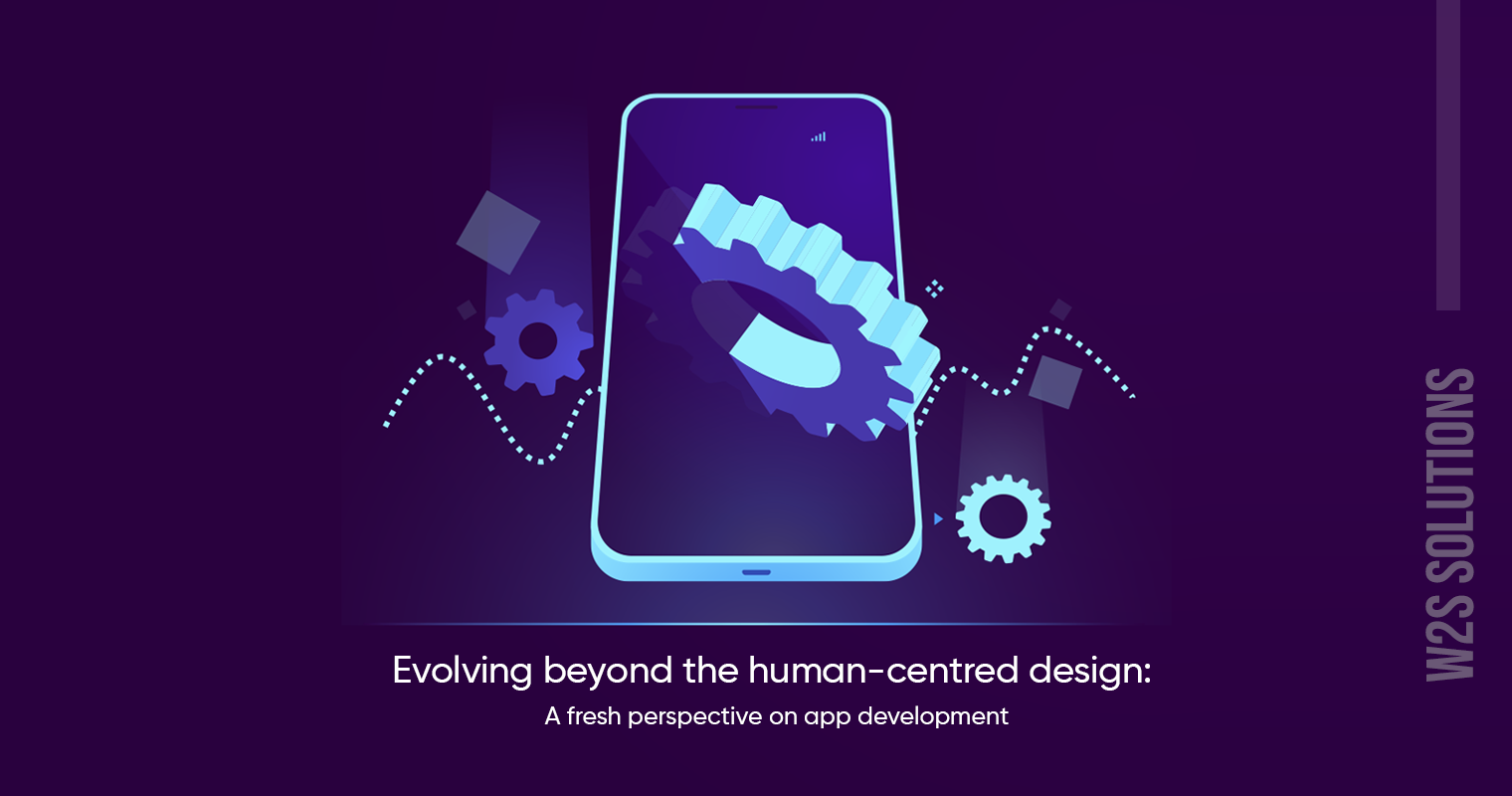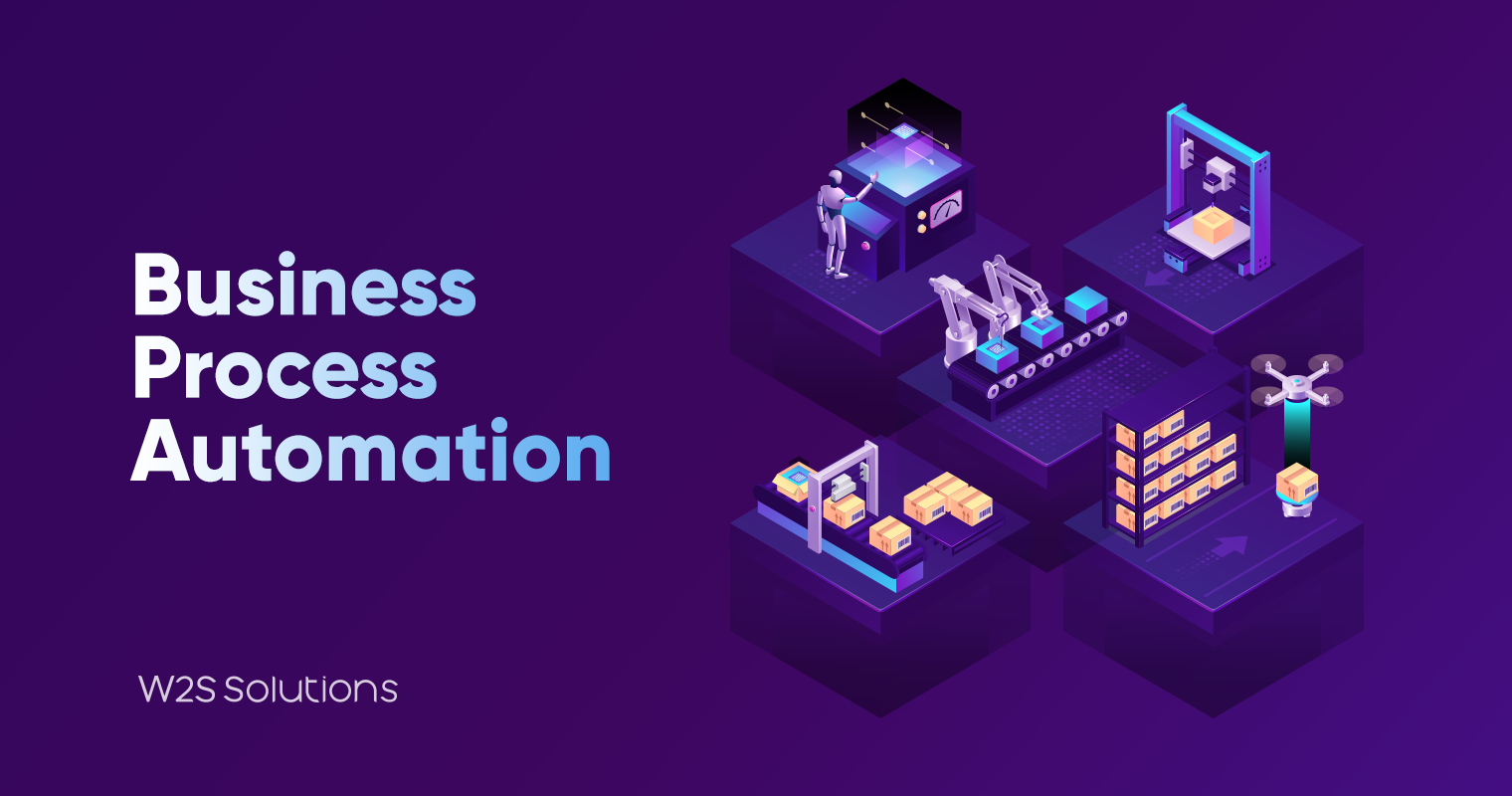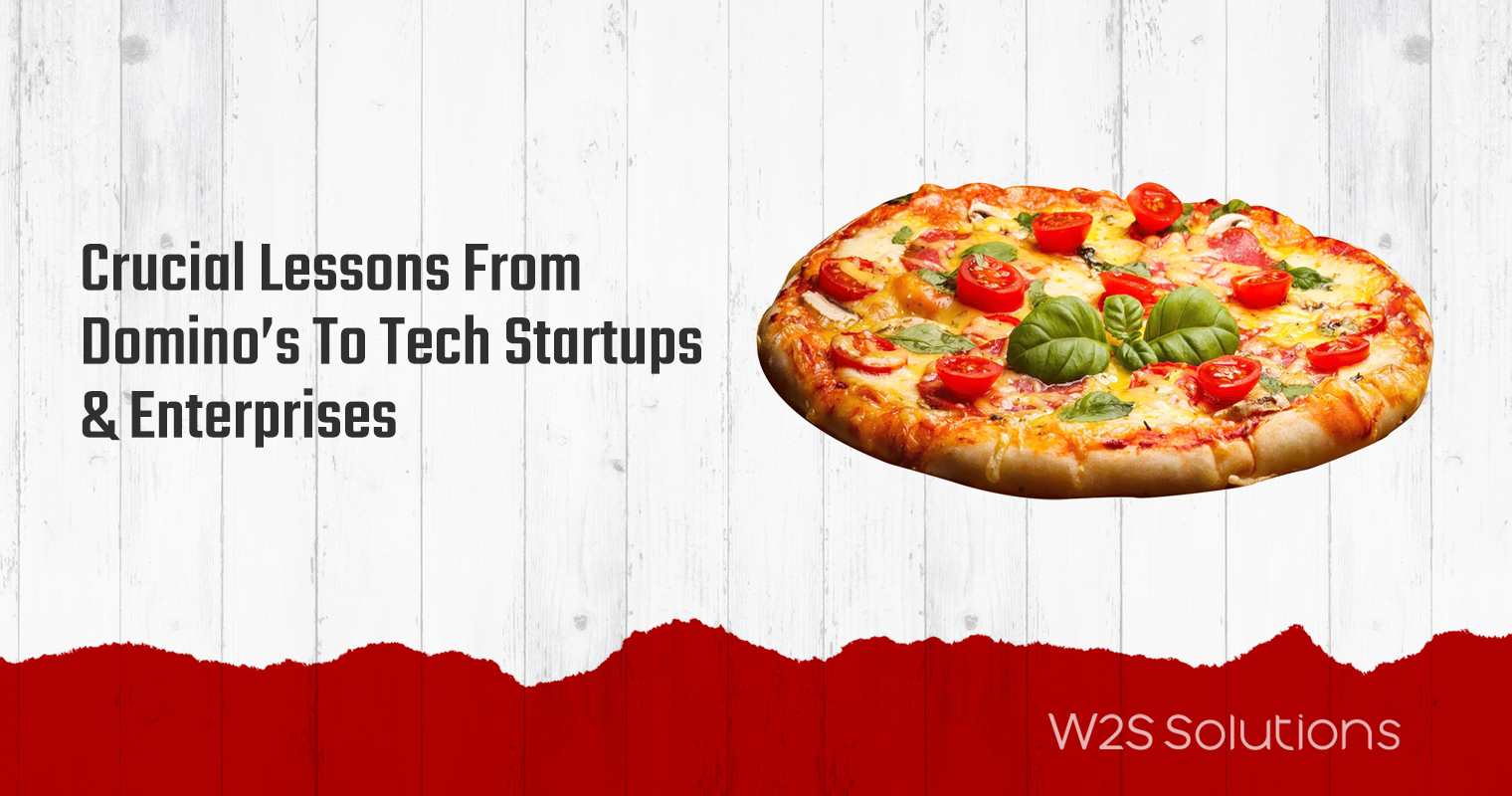Starbucks’ coffee is not just a coffee anymore. For many, it became a daily essential, for some it became a brand they can identify with, but for everyone, it became their go-to coffee shop. That’s how influential Starbucks is. Starbucks’ first store opened in 1971. As of 2020, it has nearly 32,660 stores across the globe. In 5 decades, Starbucks managed to attain this level by completely aligning their business towards technology and of course, great beverages!
Starbucks is a pioneer in customer retainment and engagement. It has achieved peak customer interaction through the creation of the Starbucks mobile application, and also through social media handles. The mobile application has totally elevated the brand experience of Starbucks.
It is not a stretch to say that Starbucks has achieved what other food giants have tried to do. Their product is not just coffee, but it is a culture. A culture of the post-modern world, where people could get into a coffee bar, listen to some soothing music, and maybe take a bite out of the bacon sandwich!
This coffee bar culture was originally inspired by the Italian market, but fusing it with the American culture has indeed opened up the gates for a successful brand! Their menu is diverse and put a smile on your face when you hear it. They have all sorts of beverages, and their experimentation is something to look out for!
Cup half full!
The digital age was just beginning and many enterprise app development service providers were afraid to take the risk that Starbucks took!
Starbucks is probably the “cup half full” kind of organization! It has never shied away from experimenting with new flavours that are mostly an unconventional mix of ingredients, but their taste is just divine! They have introduced some of the trademark drinks like the puppuccino, purple drink, baby Yoda frappuccino, butter drinks, and tons of others.
They take their product innovation way too seriously! You can enjoy a Starbucks beverage in nearly 80,000 different ways! Imagine the amount of work behind the counter and the passion they must have to achieve this degree of versatility. Generally, everyone has their go-to preference and would hardly go out of their way to try a new drink. 2-3 combinations, tops. Then why would Starbucks go the extra mile by going so hard on the customization?
They are in the business of providing experience than a confined product. Their product is open; so, enhancing customer experience is just a piece of cake. People’s decision to get a drink from Starbucks is not confined to a single factor i.e, taste. On top of the quantity of the drink and the taste of the drink, factors like ambience, music, accessibility, and the comfort of the brand. Starbucks managed to be the go-to place to just ‘hang out’ which is a relatively tough thing to achieve and an even tougher thing to maintain.
Read Also – Why IT Matters For A Successful Enterprise Digital Transformation
The business challenges of Starbucks
Starbucks has hit the home run by leveraging technology in its business operations. Starbucks focused on creating a product that people tend to use on a daily basis, just like how they take a metro or cab. There are two types of experience that Starbucks focused on.
- A grab-and-go coffee or bite.
- A modern coffee bar with wi-fi where customers can sit and do their work indefinitely.
Almost every customer of theirs falls into either of these above categories. To facilitate the customers to keep coming back to Starbucks, they came up with a system that allows the customers to get rewards if they stay loyal to Starbucks. However, the reward is nothing but their product itself. It’s an almost full-proof system for Starbucks.
However, the problem is to create a system or an infrastructure to put this brilliant plan into action. To physically distribute tokens would be too confusing and can create chaos if not maintained properly. They needed an efficient system that accounts for the customer’s loyalty, tracks them, and also remind the customer of their ultra-modern brand image.
Also, another problem needs to be addressed. Though this problem is not going to affect the brand straight-up, it will decrease the impact of the brand’s vision in the long run. The problem is a quite common one among businesses- how to bring customers here daily? How to convert our product to a daily essential?
The solution- Starbucks mobile application
Starbucks decided to take the unconventional route to solve these business challenges. It opted to create its very first Starbucks mobile application to ensure customer retainment and loyalty. By the time they launched this Starbucks international business strategy, it was a popular name and their product had a value of its own.
Starbuck’s mobile application simply became the means to access and expand this brand image. The space for accumulation of the Starbucks points is ample, hence the users find it easier to transfer or amalgamate their points into a single account.
Nevertheless, this application should be viewed as some sort of enterprise mobile application as it brings together different operations in a single place. Users can find the nearby Starbucks stores with a click. They can order up a drink even before they get to the store, and grab it for the go!
The Starbucks mobile application also reminds the users of the points that are about to expire. Starbucks has cleverly deployed their customer retention tactics through the app’s interface. It understands the user’s purchase trends by identifying patterns in their orders. This is then prompted through the mobile application when the user is within a store’s vicinity. If a user has a long list of customizations, he/she doesn’t have to repeat the whole order again. It’s all a click away!
Read Also – Crucial Lessons From Domino’s To Tech Startups And Enterprises
Conclusion
The Starbucks mobile application is a great example of genius marketing and customer service by leveraging technology. As many businesses are pooling their resources for extensive marketing campaigns, leveraging technology might be their way out. Tons of resources could be saved, and these funds could be directed for employee enhancement, product innovation, external funding, etc. All it takes to make a difference is the ability to see the big picture! There are many technology companies in Austin, Texas that provide mobile application services infused with marketing strategies.







